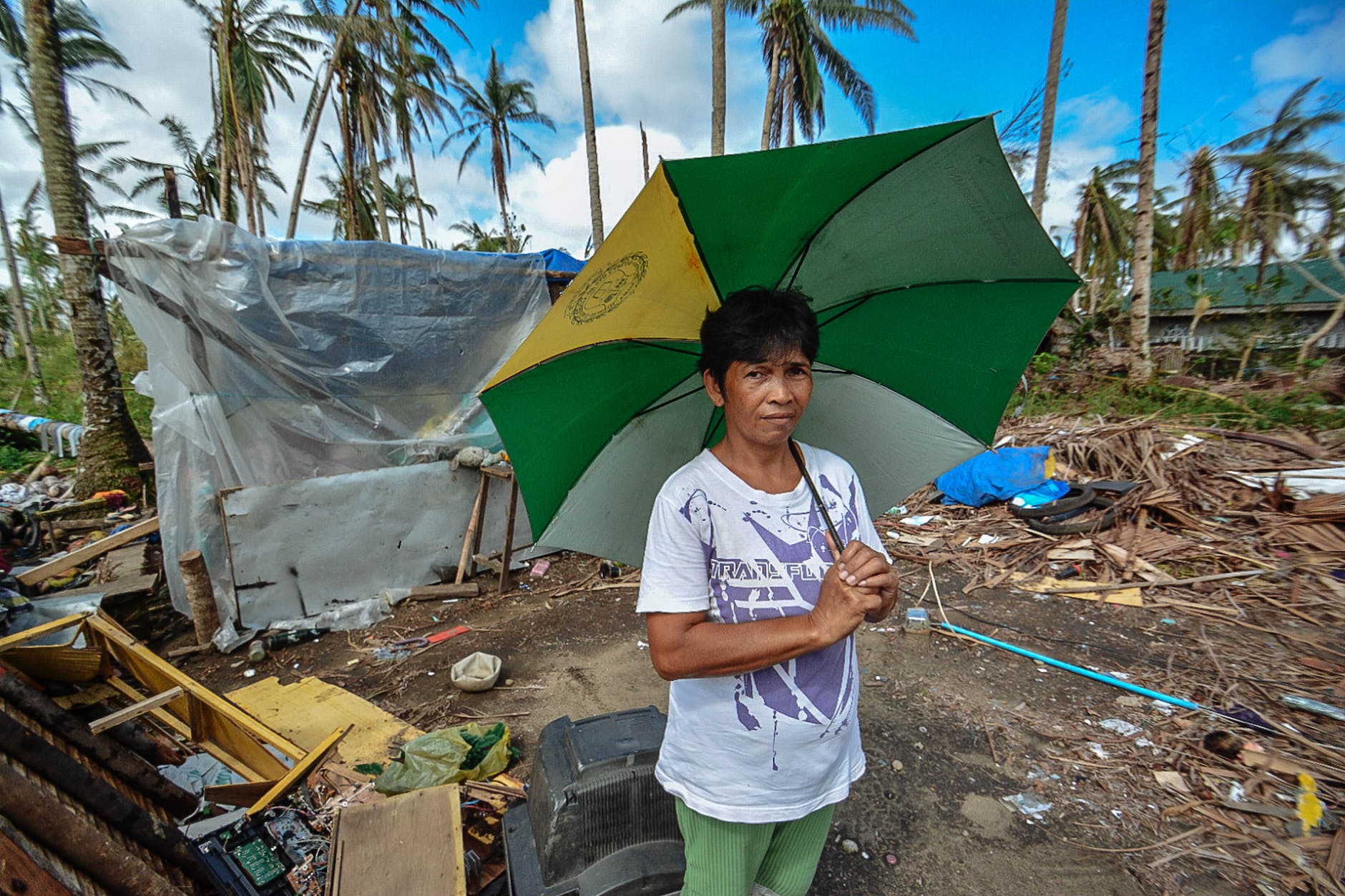
Aakash Thottam and Cassandra Chapman, The University of Queensland, Australia.
Picture this: you’re out shopping, immersed in thoughts of errands or weekend plans, when you’re approached by an earnest charity fundraiser armed with a clipboard and a persuasive pitch for support. This form of face-to-face fundraising is common in many countries but has earned the grim moniker of “chugging” (a contraction of “charity” and “mugging”), suggesting public unease with this fundraising method.
If you’ve ever been accosted by friends at a barbeque, you’ll know that many people find such practices to be annoying or even unethical. So why do charities continue to use methods that risk upsetting potential supporters?
The short answer is that there is evidence that interpersonal fundraising methods are effective at recruiting high volumes of new donors, especially face-to-face (where potential donors are approached on public streets or in malls) and door-to-door (where donors are approached in their own homes). However, there is not much evidence about what happens after those donors are recruited: do such donors become committed supporters who are valuable in the longer term? We explored precisely this issue in our recently published NVSQ paper with James Casey and Cassandra France.
Continue reading “Recruitment at What Cost? The Impact of Mass Market Interpersonal Fundraising”



